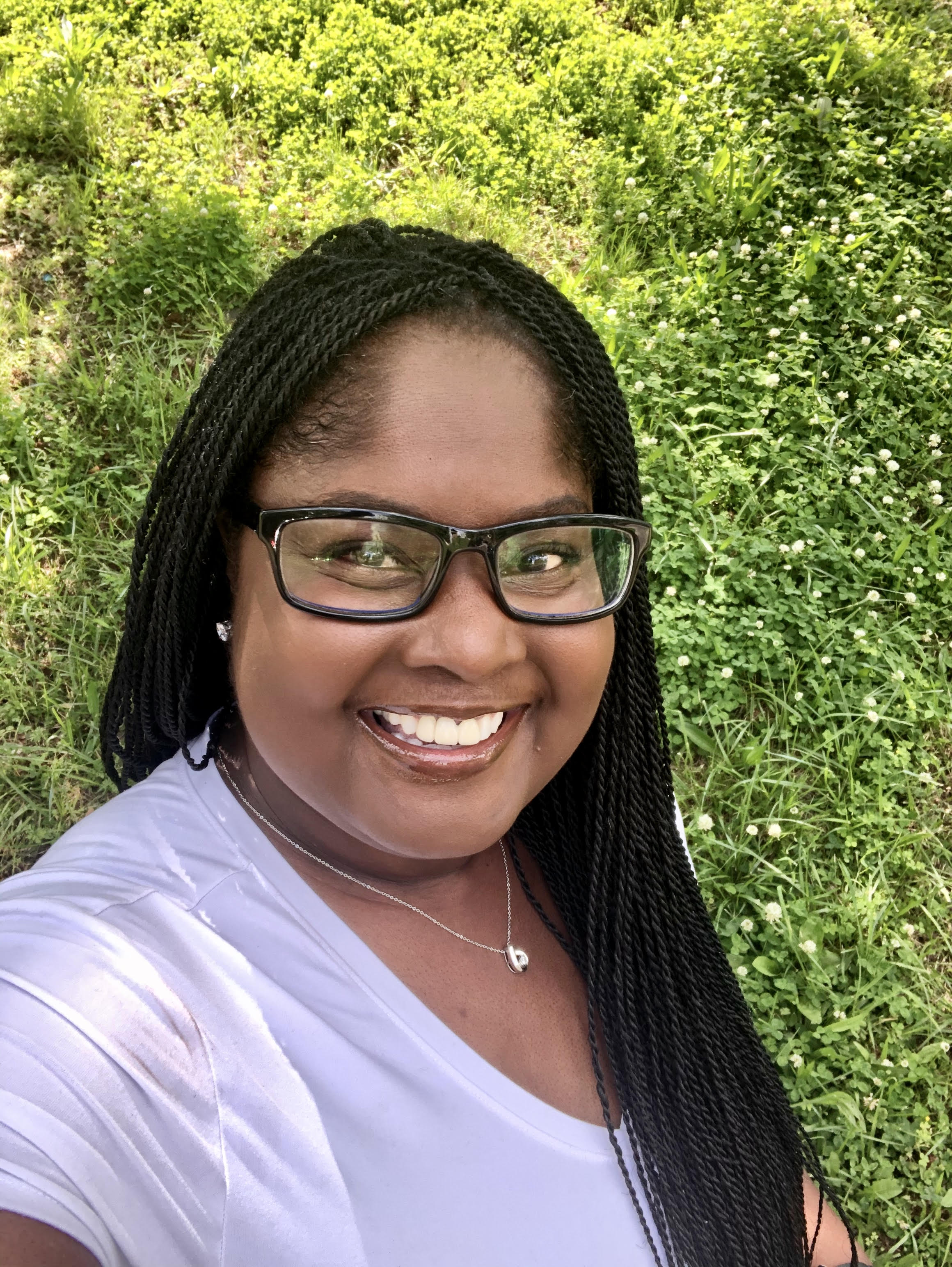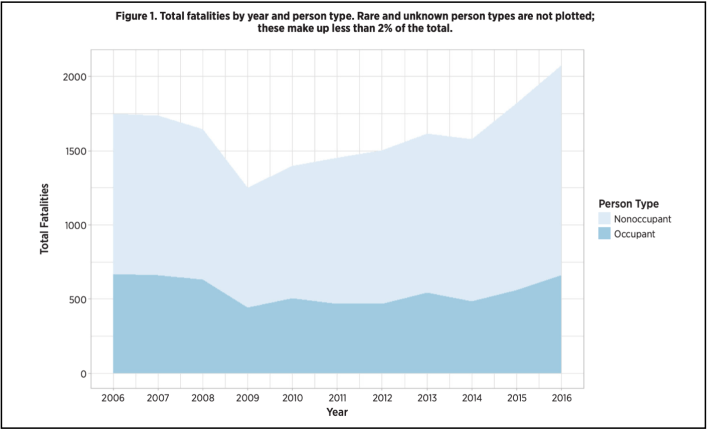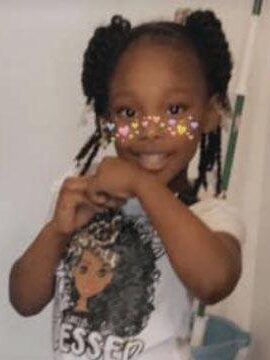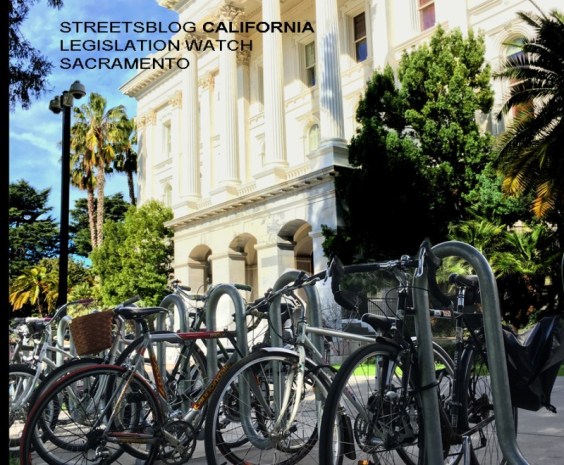‘You Barely Hear Our Stories’: Tiffanie Stanfield Fights Hit-and-Run Driving
8:58 AM EDT on June 22, 2020

Tiffanie Stanfield, founder of the St. Louis, Mo. based non-profit Fighting Hit and Run Driving.
As founder of the nonprofit Fighting Hit and Run Driving (H.A.R.D.), Tiffianie Stanfield works to raise awareness, educate, and provide resources to families affected by hit-and-run driving fatalities, with a specific focus on her hometown of St. Louis, Mo.
The organization was born after Stanfield's sister Jameca Stanfield, 39, was killed in 2016 by a hit-and-run driver traveling more than 80 miles per hour on a road with a 35 mph speed limit. The driver, Alice McClure, left the scene of the crash and issued a false report to officers that her vehicle had been stolen before the crash. Despite the tireless advocacy of Tiffanie, and her family, it took 11 months for prosecutors to file charges against Jameca's killer; she pled insanity, and after a year of continuous delays, died in custody before facing trial.
More than 70 percent of the pedestrian deaths that occurred in St. Louis between 2013 and 2018 took place on the streets of North St. Louis, where Jameca died; the region is overwhelmingly populated by low-income Black residents.
We sat down with Tiffanie to talk about her work, how it intersects with the broader national conversation about creating safe streets for Black pedestrians, and why street-safety advocates must center the unique needs of Black victims and survivors of hit-and-run driving in their work.
Streetsblog: Tell me about why you started Fighting H.A.R.D.
I started Fighting H.A.R.D. after my sister Jameca was killed in a hit and run crash on April 12th, 2016 — our mother’s birthday. Right after she died, I was pretty overwhelmed; I was working as a researcher for Edward Jones, and I was already an advocate on the front lines of several issues that impacted our community, from communicating about healthy eating to running a youth program. But I remember thinking that I needed to do something.
So even while I was still fighting to get justice for my sister, I started digging into these numbers around hit-and-run driving, too. Around the end of 2016, AAA released a national report on hit and run driving that felt very different to me. [Editor's note: you can view an updated version of the report Stanfield references here.] What we tend to see on the media when we talk about this issue are spikes in pedestrian death totals, or we’ll see stories about individual cases where a person was killed by a driver. But what we don’t see — what was in this report — are the characteristics of pedestrians, the characteristics of the driver, quantitative information relating to why a driver chooses to leave the scene of the crash. I was asking myself, why aren’t these stats and stories being told? If they were, maybe we could get more laws and policies changed.

So then I started wondering, what are the other stats and stories that aren’t being told? How long has it been since the drivers’ test criteria have been changed to talk about hit and runs, specifically? How do parents teach their kids about this? [Editor's note: Missouri law does not require professional driver’s education courses for teen drivers.] What messages do adult drivers get in the years after they get their licenses that we could use to prevent hit and runs?
And most importantly, what stories are not being told when our dead loved ones become someone else’s byline? Who is remembering them? Fighting H.A.R.D. just felt like the missing piece.
What makes Fighting H.A.R.D different than other pedestrian safety organizations?
Fighting H.A.R.D. very intentionally focuses on the victim. I feel that’s what’s missing — the victim, and the long-term impact on the victim's family. Nationally, we have a lot of preventative campaigns against distracted driving, against drinking and driving, against texting and driving — these are all under an umbrella, and those are all things we support. But the outcome of some of those behaviors yield hit and runs, and that needs its own, focused attention.
So right now, for instance, I’m attempting to contact a family who just lost a five-year-old to a H.A.R.D., trying to help them get access to funeral resources. In other cases, I’ve had families call me long after their loved ones had passed away needing grief counseling. We don’t provide big checks — we don’t have that. We’re talking about a one-woman show. But my goal is to continue to partner with resources — people who continue to take those families in and give them access to the support they need, legally, financially, emotionally, or in any other way. We have funeral homes we partner with, lawyers who will take on hit and run cases, and other organizations who are prepared to support victims if we can reach them and make the connection.
When it comes to preventing future victims of hit-and-run driving, what policies and programs does H.A.R.D. advocate for?
Personally, I think mandating tougher laws is extremely critical. Missouri isn’t keeping up with that. So Fighting H.A.R.D. is proposing higher fines for hit and run drivers; we’re proposing at least a minimum of three to five years suspension of licenses; we’re proposing that it be a Class C felony. Because right now, most hit and run drivers end up with nothing more than probation.
But then I hear from people who say, Tiffanie, are you really just looking to throw people in jail? No. We're looking to hold people accountable, number one, and number two, we’re looking to work more closely with law enforcement — and when I say "law enforcement," I want to be very clear that I mean traffic law enforcement. The enforcement of traffic laws have been, to me, practically abandoned — at least from what I see when I’m behind the wheel these days. States like Texas, Rhode Island, New York, all these states have passed tougher hit and run laws than Missouri, but we need to do even more.
We're in the midst of a massive national conversation about the violent role of law enforcement in Black communities like yours. How has that conversation impacted Fighting H.A.R.D's advocacy?
I think, now more than ever, that law enforcement needs community involvement. So in my neighborhood, there are people who are really know the community — I’m talking second-, third-, fourth-generation people who have been there forever. So of course it's very difficult for me to be comfortable with an officer coming in from outside of my community who may not know that a certain person sits at the corner for five hours out of the day — that everybody who lives in the neighborhood speaks to him, knows him, knows he has mental health struggles, gives him some bottled water and keeps it moving. But if that officer comes and that neighborhood guy happens to jaywalk across the street right then, now we’re suddenly dealing with a bigger problem.
When I think about enforcement, I think about, what kind of control can we give more community-based leadership? I don’t necessarily mean police officers. How can we give more of that enforcement power to our community leaders? And what if traffic enforcement’s role wasn't just writing a ticket? What if, maybe, we could allocate more resources toward the traffic division in a way that they can be actually be used to focus on things that can stop some illegal drivers? If that traffic officer was unarmed and was only paid to enforce traffic, rather than enforcing all other laws, maybe that would make a difference, too. If we could get community leaders in all kinds of roles involved in this fight, in addition to a traffic division that’s specifically focused on enforcing traffic laws and raising the level of what that means apart from just writing tickets, maybe it could help.
Many police departments — including the St. Louis PD — don't require officers to report the race of pedestrians who die in hit and run car crashes, but there's a virtually all evidence that suggests that Black pedestrians are killed in traffic at a much higher rate than white pedestrians. Based on what you've observed, do hit-and-run crashes, specifically, have a different or greater impact on Black communities?
I think so, yeah. In urban communities — in Black communities — it is different. When you lose a loved one, of course there’s a grieving process like any other family. But I think what’s lost on some people is that sometimes, when the Black community loses someone, they’re losing an anchor. Often they’re losing a head of household, they’re losing someone who provided them guidance, they're losing their child, or someone who was the financial breadwinner in the family. And the long-term physical and emotional impact that a hit and run driver has on Black families is much different, in part because it has such significant financial implications for these families. They often can’t afford even to bury their loved ones.
And then there's the fact that, for the majority of the families that I’ve communicated with, they feel like no one cares about their story after their loved one is killed. They’re just gone. It was a hit and run, so, we’re sorry for your loss, but these things happen. That’s just one trauma.
But often, then they get hit with another trauma when they find out their loved one’s case isn’t even being looked at. And if they do look at it, often, they don’t ever find the driver. And if they do find the driver, the driver won’t be prosecuted. And then if they do prosecute, the driver doesn’t go to jail. And then there’s another trauma when it becomes clear that their loved one will never get any form of justice. And at this point, they’re supposed to just go on with their lives.
And all of this is made worse because it happens against a backdrop of many economic, emotional, and mental health struggles that Black families already face — before and after they lose their loved one.
Tell me more about what it looks like to advocate against hit and run driving in the midst of a conversation about other forms of violence faced by Black people on our streets — especially police brutality.
I am very careful when I talk about hit-and-run driving. I don’t want people to think I’m devaluing the equally competing priorities in our communities. It does not. It does not take away from fighting gun violence. It does not take away from fighting racism. There is a difference in the level of community support a Black person receives when they lose a loved one to a hit and run, or for any other reason.
The truth is, when a Black person loses their life in a hit-and-run crash, it doesn’t become the highlighted media story. You barely hear our stories. You barely see our pictures. And when you do, they come and go.

That’s exactly what I'm trying to do with this organization: to get you guys to stand up for this little girl, or this young man. To not report him as a homeless man who was killed on highway 55. No. Report him as someone’s son, whose mother is absolutely beautiful and is grieving for the loss of her loved one. To not just report her as a young woman who was killed by a hit-and-run "accident," but report the fact that she had a seven-year-old nephew in the car who had to relearn how to walk and talk after the crash. Report the fact that she was nine months pregnant and they had to keep her alive long enough to deliver the baby while she was in an induced coma. Report the fact that the grandmother had to grieve the loss of her daughter and raise a newborn baby at the same time. I spent most of my day today attempting to reach a family who lost their five year old daughter to a hit-and-run driver; how will that little girl's story be reported in the coming weeks?
It's not just about the statistics. I can spit numbers all day. I can pull up the AAA report [that inspired me]. What I want to know is, what is the story of this person behind the stats? That’s one of the biggest goals of our organization — to get you all to see that this is a human issue, not just a numbers issue.
For more information about how to support and get involved in the work of Fighting H.A.R.D, visit its website.
This interview has been edited for clarity and length.
Kea Wilson has more than a dozen years experience as a writer telling emotional, urgent and actionable stories that motivate average Americans to get involved in making their cities better places. She is also a novelist, cyclist, and affordable housing advocate. She previously worked at Strong Towns, and currently lives in St. Louis, MO. Kea can be reached at kea@streetsblog.org or on Twitter @streetsblogkea. Please reach out to her with tips and submissions.
Read More:
Stay in touch
Sign up for our free newsletter
More from Streetsblog USA
Talking Headways Podcast: Charging Up Transportation
This week, we talk to the great Gabe Klein, executive director of President Biden's Joint Office of Energy and Transportation (and a former Streetsblog board member), about curbside electrification.
Why Does the Vision Zero Movement Stop At the Edge of the Road?
U.S. car crash deaths are nearly 10 percent higher if you count collisions that happen just outside the right of way. So why don't off-road deaths get more air time among advocates?
Donald Shoup: Here’s a Parking Policy That Works for the People
Free parking has a veneer of equality, but it is unfair. Here's a proposal from America's leading parking academic that could make it more equitable.
Thursday’s Headlines Turn Up the Heat
Whether you realize it or not, climate change is here, and not just in the form of natural disasters.
Calif. Legislators Tackle AV, School Zone Safety
Are AVs freight trucks ready to be deployed on California roads with no one in them?




